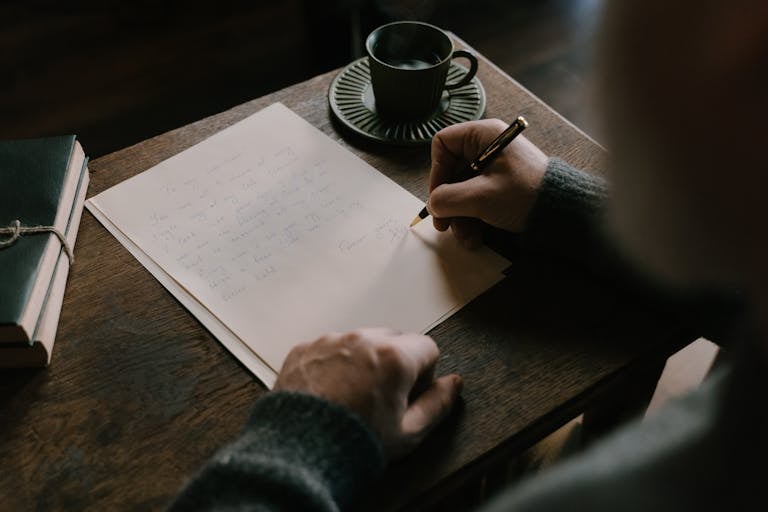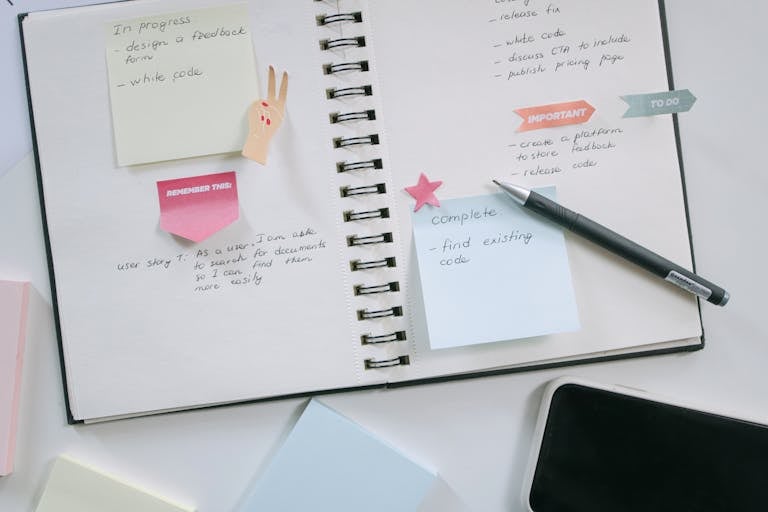Multitasking seems like the ultimate productivity tool—answer emails while cooking, take a call while checking messages, juggle three tabs at once. But here’s the truth:
Multitasking is a myth.
Studies show that when we try to do multiple things at once, our productivity actually drops by up to 40%. Instead of doing more, we’re doing less—worse.
If you want to boost focus, reduce stress, and get more done in less time, it’s time to ditch multitasking. Here’s how.

1. The Myth of Efficiency
Our brains aren’t designed to do multiple things that require thinking at the same time. What we call multitasking is usually task-switching—shifting focus from one thing to another rapidly.
Every time you switch, your brain uses energy and attention to reorient. This slows you down and leads to more mistakes.
2. The Hidden Cost of Multitasking
Here’s what multitasking really does:
- Reduces focus: You never fully concentrate on one task.
- Increases stress: Your mind constantly switches gears, creating mental fatigue.
- Hurts memory: You forget details and miss information.
- Decreases creativity: You stay stuck in shallow thinking.
Even small multitasks like checking your phone during work impact your cognitive performance.
3. Why Single-Tasking Is More Effective
Single-tasking, or deep work, is the opposite of multitasking. It means giving your full attention to one thing at a time.
This is where your true productivity lives.
When you focus deeply, you enter a flow state—a zone of mental clarity where work feels smooth and satisfying. You finish tasks faster, with higher quality.
4. How to Break the Multitasking Habit
Step 1: Time-block your tasks
Dedicate specific time blocks to specific tasks. During that block, focus on only that task. Use tools like Google Calendar or a planner.
Step 2: Eliminate distractions
Put your phone on silent, close unused tabs, and turn off notifications. Create a distraction-free zone.
Step 3: Use the 25/5 Rule (Pomodoro)
Work for 25 minutes, then take a 5-minute break. This helps you stay fresh and committed to one task at a time.
Step 4: Batch similar tasks
Instead of switching between email, writing, and meetings, group similar activities together (e.g., reply to emails in one block).
Step 5: Train your brain
Start small. Practice focusing on one task for 10 minutes. Build it up to longer periods. Focus is a muscle—it strengthens with use.
5. Tools That Help You Focus
- Forest App: Grow a virtual tree as you stay focused
- Cold Turkey: Blocks distracting websites and apps
- Notion or Todoist: For managing tasks in organized lists
- Noise-canceling headphones: Great for cutting distractions in noisy environments
Final Thoughts
Multitasking isn’t a productivity hack—it’s a trap.
If you want to work smarter, not harder, train yourself to single-task. Focus deeply. Give tasks your full attention. You’ll finish faster, stress less, and feel more accomplished.
Multitasking is out. Mindful focus is the future.
Q: Isn’t multitasking useful in some cases?
A: It can be for automatic tasks (like walking while listening to music), but for anything requiring focus or decision-making, it decreases effectiveness.
Q: How long does it take to stop multitasking?
A: With daily practice and structure, most people can improve significantly within 2–3 weeks.
Q: Is single-tasking boring or less efficient?
A: At first, it may feel slower—but once you enter a flow state, you’ll get more done in less time with higher quality results.
Want to break free from distraction and work with deep focus? Explore our other productivity guides on SmartSolveTips.com today!

I’m EKBAL HOSSAIN MONDAL, the creator of SmartSolveTips.com — a blog dedicated to helping people improve productivity, avoid digital burnout, and live better online. With years of hands-on experience in self-development and digital wellness, I write practical tips and tools to help you stay focused and thrive in a fast-paced digital world.






